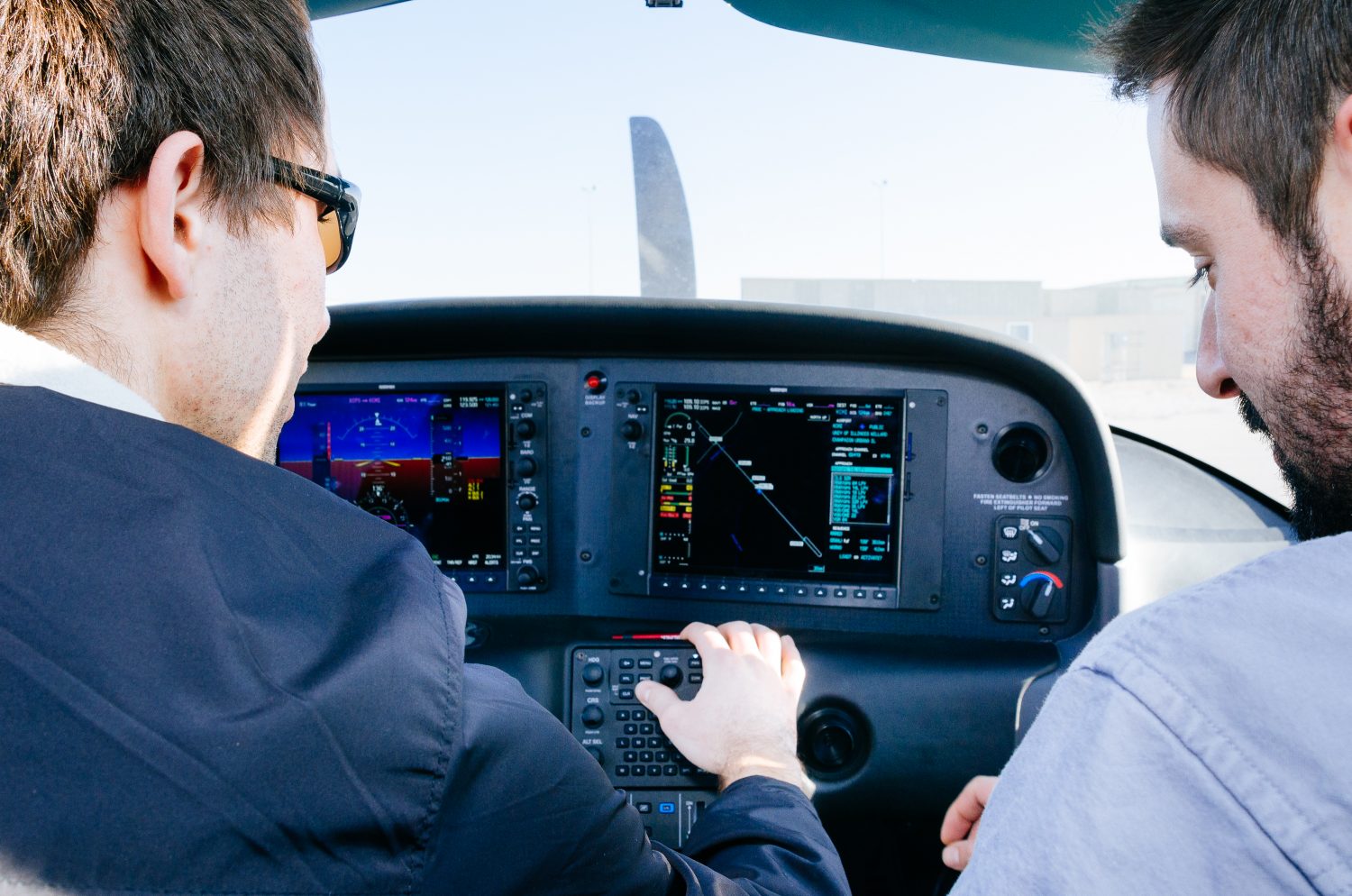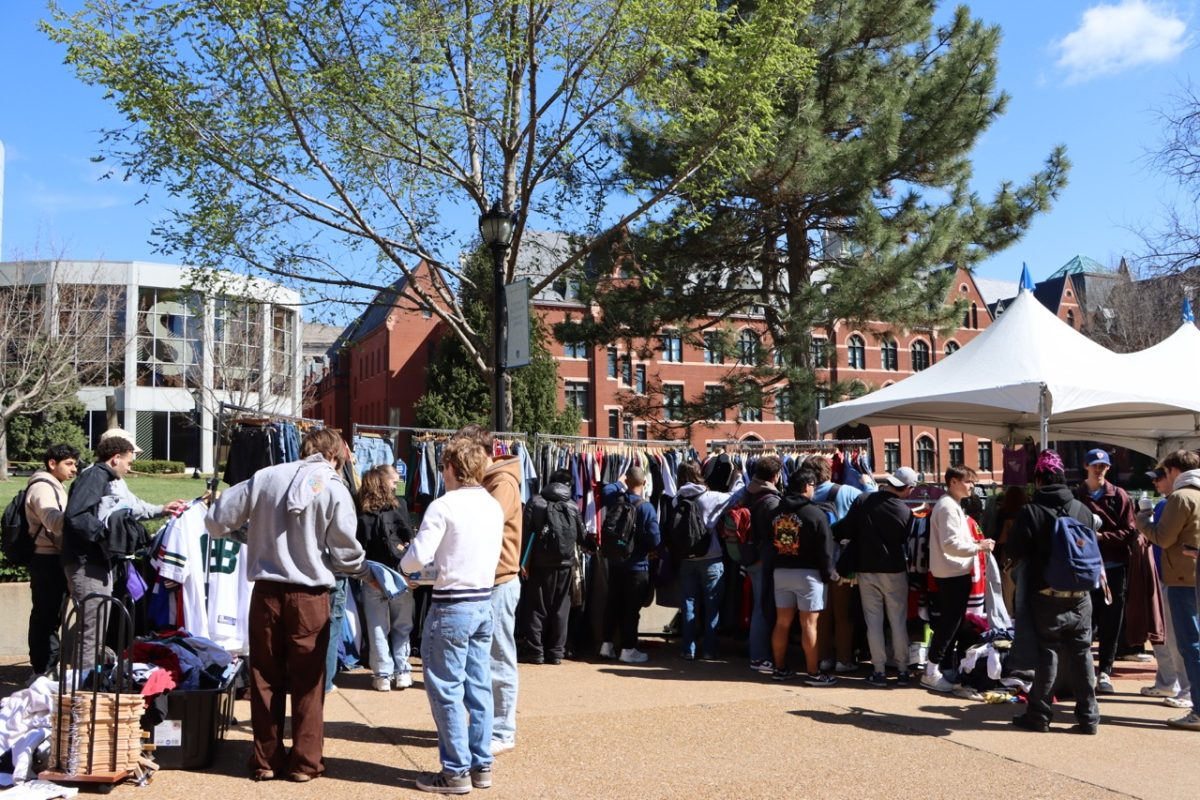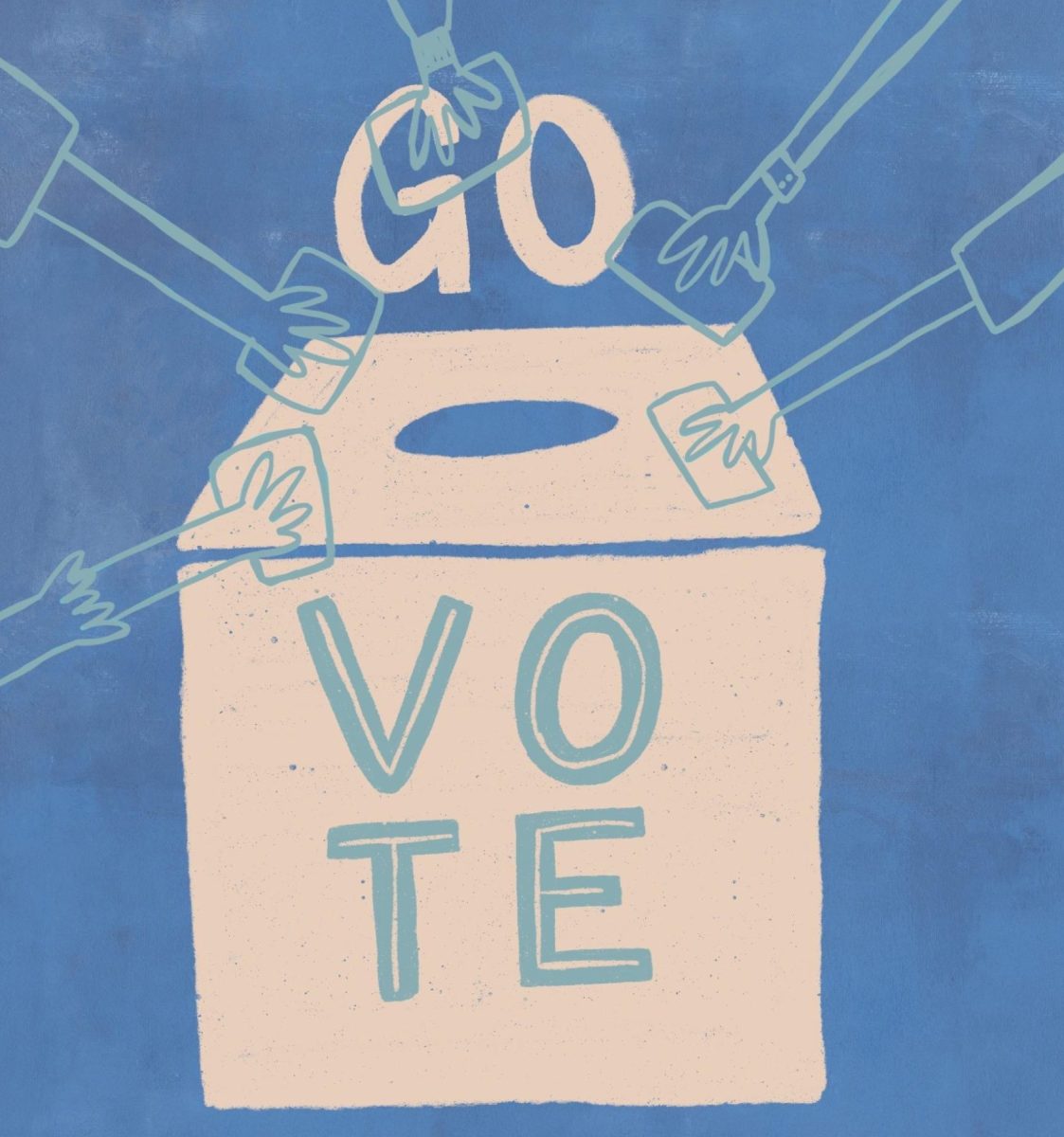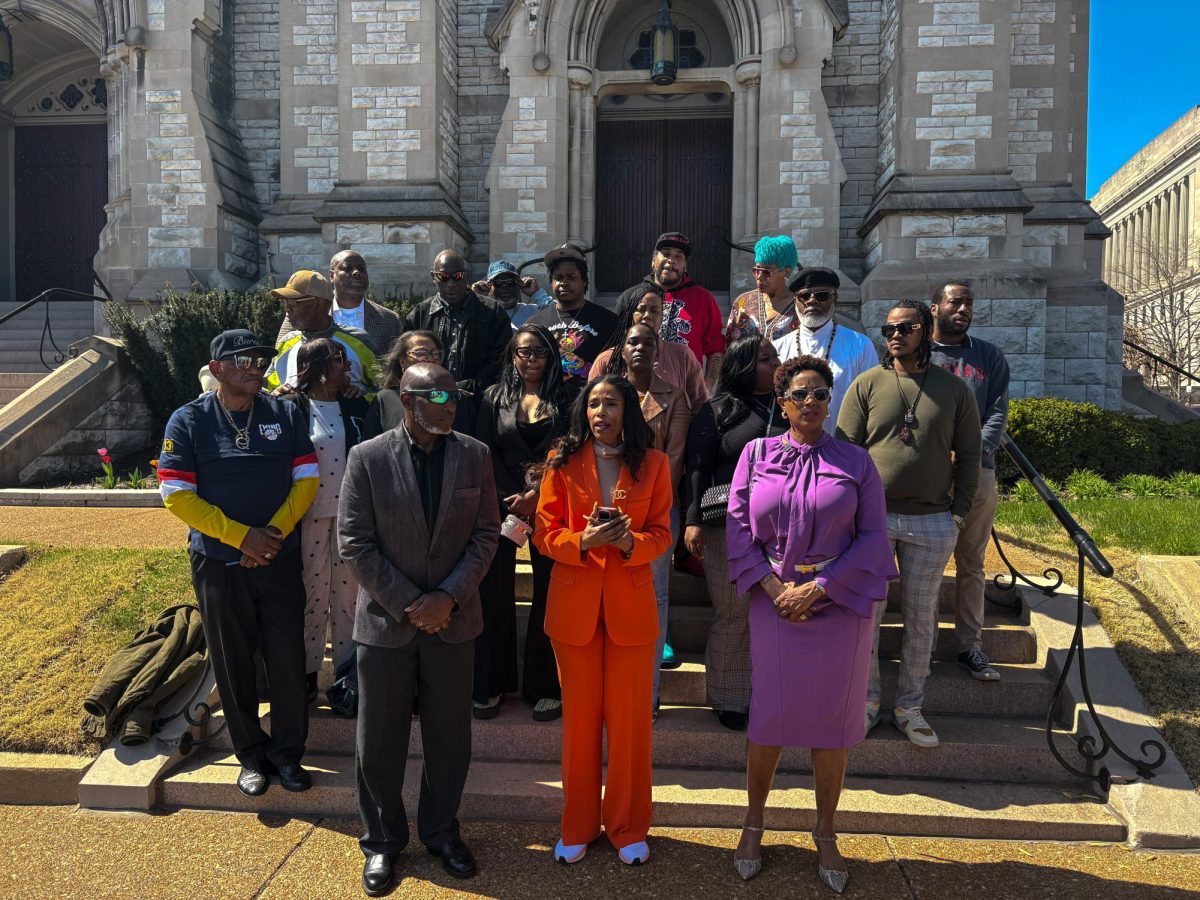On June 19 of last year, the aviation program at Saint Louis Universit purchased two new Cirrus SR20 airplanes for just over a combined $700,000.
These new planes were not flown until recently due to the lengthy approval processes required by the Federal Aviation Administration for both the specific aircraft selected and the related curriculum necessary for pilot training.
Chris Wall, a junior flight science major, was the first student to fly the new planes in early November. Wall was granted the opportunity upon receiving his instrument rating, which is a certification to fly into clouds and in low visibility.
The department hopes the purchase of the SR20 airplanes will not only help expand the program, but also aid the students in their training and better prepare them for their futures as pilots.
According to Wall, “The University wanted an airplane that introduced students to an advanced electronic cockpit display that uses automation as well. This means that the plane has a really capable autopilot. Cirrus Aircraft is a huge industry leader right now, so it’s a big step in the right direction for our school to pick these planes and get the most advanced technology that we can.” In describing the experience, he mused that, “You feel as though you are flying a luxury sedan through the sky.”
The department also wanted its students to have this kind of experience with the SR20s because it’s the kind of flying they will experience in the airlines. The goal is to enable them to gain experience using the advanced display system Garmin G1000, since it is industry standard today. So the purchase of these more advanced aircraft is very timely for the program. According to professor Stephen Belt, a faculty member in the department, “The airplanes offer us the opportunity to add depth and complexity to our commercial pilot training.” He added, “With the addition of the Cirrus, our students receive an added dimension of training especially when it comes to the navigation systems.”
SLU’s curriculum is designed in a way that expects students to train initially without all the instruments that help the plane fly on its own. Later in the training process, they experience what it is like to fly using the autopilot and other various instruments typically found in commercial aircraft. Professor Belt noted, “I think that it is a really exciting time to be in the industry – the demand for pilots has never been so high.”
Parks College was founded in 1927, in Cahokia, Illinois, by Oliver Parks, making it the oldest aviation college in the world.
In 1946, Parks thought very highly of SLU and its Jesuit values and, as a result, donated his college to SLU in hopes that it would expand and prosper within the university rather than continuing as a stand-alone institution.
Today, Parks College of Engineering, Aviation, and Technology might not have the largest aviation program in the country, but according to Wall and Belt, the smaller program is more beneficial to the student’s education and experience.
“There is not a single faculty member within the aviation department that I do not personally know,” said Wall.
This fosters a tight-knit community. Parks College is by no means a pilot mill. The close connection between faculty and students makes for an ideal instructional environment.
The aviation program at SLU is also a unique commitment for the university. Belt noted, “I think it’s cool that the university invested in new airplanes. I think it shows the university’s commitment to the program.”
Belt added that the size of the college adds to SLU’s distinctiveness.
“I think it is also cool to be the only Jesuit institution that has an aviation program. We are one of a kind.”










